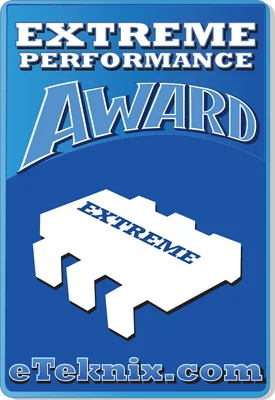G.Skill Trident Z5 NEO DDR5 32GB (16GBx2) 6000 MHz Review
How Much Does It Cost?
The G.Skill Trident Z5 NEO DDR5 32GB (16GBx2) 6000 MHz Memory kit (F5-6000J3038F16GX2-TZ5N), is available now on Amazon for £139.19, a little more than some of their rivals, but as you’ve seen today, the performance is also pretty impressive, so paying a little extra for a lead in pretty much the majority of benchmarks seems pretty reasonable to me.
Overview
I absolutely love this memory, and frankly, it’s hard not to when you look at the overall performance it delivered in our benchmarks. It absolutely slays in CPU and GPU-bound rendering and calculation tasks, and when it comes to gaming, it’s either ahead of the competition or only 1FPS behind, but overall, it averages out the fastest of the bunch.
The huge heatsinks look amazing too, and the build quality is top-tier overall. This resulted in very low memory temperatures at both stock and at load, but no doubt played a big part in the overall great performance too.
The performance is certainly not in question here, and if you are comfortable with overclocking, you can even squeeze out a little more performance and lower the latency, which is great, but of course, your mileage may vary depending on your hardware configuration.
Of course, you will need to be comfortable with settings memory up manually, as the heavily touted Expo features were nowhere to be seen. That’s a big problem, as the ease of being able to select your memory profile in the BIOS and then boot, is something many rely on. We had to set the timings, speed and voltage ourselves and while it’s not hard to type in a few numbers, it’s not something we expect everyone will be eager to do.
Should I Buy One?
If you are an enthusiast who knows what you’re doing with memory, and you’re comfortable with either how to set up memory manually in the BIOS, or at least level-headed enough to google how to do it yourself, then I can strongly recommend this memory. It’s extremely fast, cool, and well-made. However, if you’re reliant on a plug-and-play setup and a bit of a memory noob that dares not research how to set up memory yourself (it’s not overall hard, but BIOS settings can be technical), then I’d say pass on this one. However, as much as I would buy this memory, the lack of an advertised feature does prevent me from giving it our Editors Choice award, which it should have, but I will award it our Extreme Performance award, which it clearly deserves regardless.









